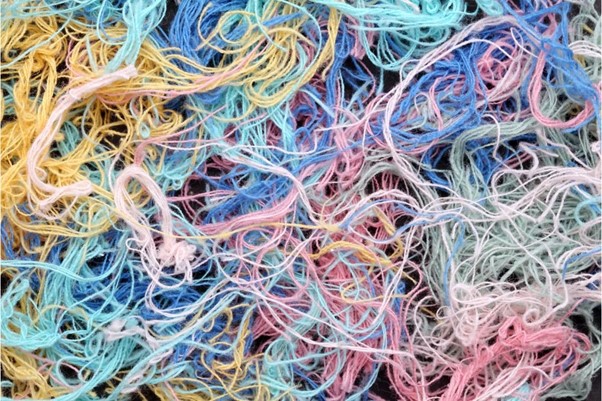
Ben Briggs, Edit’s Media Director, discusses the increase in adoption of the QR code, and the impact of their potential for future marketing for our clients.
The requirement to scan a QR codes using the NHS Track and Trace app to enter pubs, bars, restaurants etc. has come to an end as of the 19th of July. However, behaviours once entrenched are hard to break and it is likely QR (short for Quick Response) codes are going to remain significantly more prominent than before the Covid-19 crisis.
QR code use has sky-rocketed, their use for the replacement of menus has been particularly noticeable. Sticky, potentially virus carrying, physical menus which require staff labour to clean, put out, update etc. Whereas, by scanning a QR code you gain instant access to a menu, an automatically time adjusted menu for breakfast, lunch, or dinner options. A digital solution, which can quickly and easily be updated for changes without the costs of entire replacements. Their use makes sense from a monetary and environmental point of view, and it has endless marketing potential.
A QR code shortens the journey from discovery to commitment, and can lead to anything, a video, a discount code, a call to arms, all excellent ways to promote a brand and make your customers feel valued, whilst capturing data and insight from customer transactions which would simply not be possible when relying purely on offline transactions.
The reasons for marketers to use QR codes are clear: build direct connections with customers, collect first-party data, and add attribution tracking to traditional advertising channels like mailers and billboards.
Edit have been using QR codes across multiple channels and vertical sectors for a variety of clients including the RSPCA, James Wellbeloved, Dementia UK and Teenage Cancer Trust. You can read about the successes of the use of QR codes for charity fundraising in Sarah Burn’s (Edit’s Head of Media Solutions) recent article, Revisiting offline marketing to increase donors for the RSPCA.
Royal Mail have an emerging technologies incentive allowing brands to benefit from a discount if you wish to trial QR codes for a campaign between June and the end of 2021. Brands will undoubtedly continue to test the use of QR codes as the technology becomes entrenched in consumer habits however, its incentives like these that provide brands with that little push if they were just on the edge in thinking about testing it.
Relish, the sister company of Edit and part of the Kin&Carta family, are a product sampling agency specialising mainly in the beauty and FMCG sectors. FMCG brands have always been looking for a way to close the loop between promotion and purchase, so Relish have provided a QR code solution.
With Relish, brands can send a sample of their product directly into the consumer’s home, the perfect trial environment, where they can enjoy the product for themselves. By adding the QR code, the brand then eliminates any difficulties with repurchasing, by directly linking the sample to the ecommerce site to purchase a full-size version of the product.
Since the recent increase in use of QR codes, Relish have been pioneering their use as a data tool within the sampling market with the launch of Try. Love. Buy. – Relish’s new incentivised survey, which allows them to collect data such as, gender, age, geographical information, purchase intent, NPS score, brand association etc. They are also able to build in totally brand specific questions if the client wants to collect specific consumer data.
Relish’s Associate Director Laura Taylor explains their success,
“We send the sample out with a branded insert, taking one side of the artwork to promote the survey with a clear QR code, encouraging consumers to take part for the chance to win a voucher for the retailer who sent them their sample. Our average response rate tends to be around 0.5% for QR codes to Try. Love. Buy. Which skews to 1.6% if you include the success of a recent beauty campaign with ASOS, which achieved a response rate of 7.1%! QR codes really are allowing us to offer our clients a full 360 experience.”
Before incorporating QR codes into your marketing its important to consider your audience, and whether they are going to use them, there will always be segments of people who don’t and won’t engage. You will also need to consider using other response devices that measure the uptake through analytics to derive future testing opportunities.
You can gain deeper customer insight from a product purchase or a donation, so use the opportunity that QR codes present to measure how often consumers are interacting with an advert, how quickly they engage upon receiving the code if it has been sent out as mail, and how much and how they are spending.
Customer experience should be at the centre of focus for all decisions around marketing, QR codes give the opportunity to create a unique online experience which isn’t disjointed from any original printed communications they have received. The QR code should stand out and have a clear and concise call to action to keep the customer journey simple.
Discover new ways to drive long term value with Edit using QR codes in your marketing campaigns, by visiting our Connected Acquisition pages.









